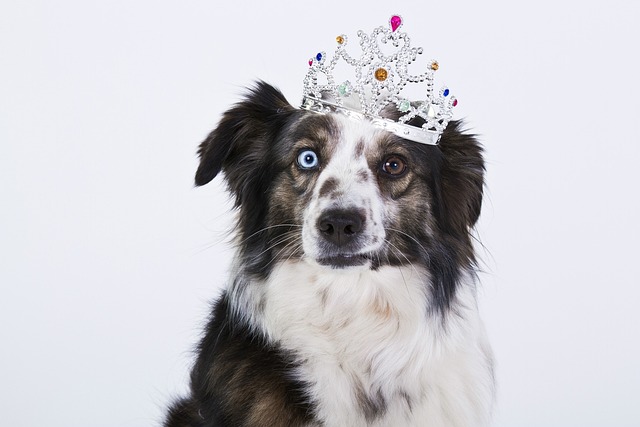
Are CBD treats good for dogs
It’s a stormy night in your Chicago apartment, and your rescue Lab, Max, is pacing—paws clicking on the hardwood, tail tucked, whimpering every time thunder booms.
It’s a stormy night in your Chicago apartment, and your rescue Lab, Max, is pacing—paws clicking on the hardwood, tail tucked, whimpering every time thunder booms. A friend mentioned CBD treats might calm him, but you hesitate: Are CBD treats good for dogs? It’s a question new pet owners in Brooklyn high-rises, Austin suburbs, and LA bungalows ask, drawn to the hype but wary of the unknown.
CBD, short for cannabidiol, comes from hemp plants (not marijuana’s psychoactive THC, which is toxic to dogs). It interacts with a dog’s endocannabinoid system—a network of receptors that regulates mood, pain, and stress—like a gentle nudge to balance things out. Early studies suggest it might ease anxiety (think: storm phobias, separation stress), soothe joint stiffness in older dogs, or quiet excessive licking from boredom. But results vary: My neighbor’s 12-year-old Poodle, Lucy, stopped limping after 2 weeks on CBD treats, while my cousin’s energetic Border Collie, Jake, showed no change—his zoomies stayed intact. Veterinarians in Seattle note that CBD isn’t a “cure-all”; it works best alongside other care, like joint supplements or positive training for anxiety.
If you try them, proceed carefully. First, always ask your vet. They’ll check for interactions with meds (like anti-seizure drugs) and suggest a dose based on your dog’s weight (usually 0.2–0.5 mg per pound, twice daily). Avoid treats with THC (even 0.3% can make dogs wobbly, vomit, or worse) or added sugars. Look for brands with third-party lab reports (scan the QR code on the bag) to confirm purity—shady companies sometimes skimp on quality. Start small: Give half the recommended dose for 3 days, watching for sleepiness or upset tummies. If all’s well, bump it up. A friend in Denver did this with her reactive Shepherd, Zoe—now, during fireworks, she lies on her bed instead of clawing the door, thanks to CBD plus her “calm” command training (no scolding, just treats for staying still, per U.S. norms).
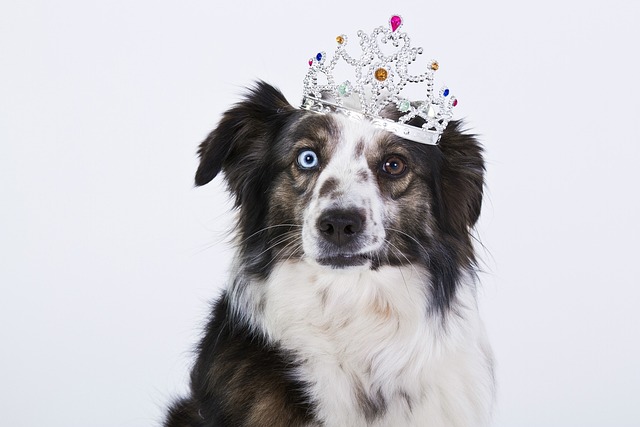
Legally and culturally, tie CBD use to broader responsibility. Rabies vaccines are mandatory in every state—CBD won’t protect your dog from disease, so keep those shots on schedule. When walking, even a calm, CBD-mellowed dog needs their poop scooped: $250 fines in Portland, $500 in Chicago, and it’s basic neighborly respect. Apartment dwellers, note that CBD might reduce barking, but don’t skip training—teach “quiet” with treats to avoid noise complaints. And never replace positive reinforcement with CBD: Jake still learns “down” with cheese rewards, even if CBD takes the edge off his energy.
At the end of the day, CBD treats can be a tool, not a fix. They work for some dogs, not all, and only when paired with patience, vet guidance, and good old-fashioned care. For Max? After 2 weeks, he curls up with his thunder shirt during storms—calm enough to accept a belly rub. And that’s the goal: a happier, more comfortable pup, however you get there.

It’s a stormy night in your Chicago apartment, and your rescue Lab, Max, is pacing—paws clicking on the hardwood, tail tucked, whimpering every time thunder booms.
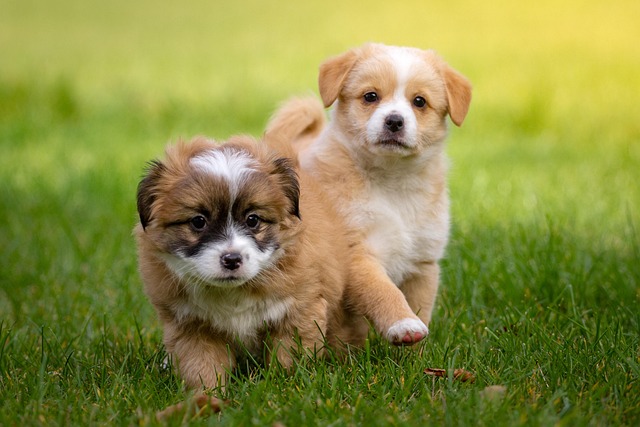
You’re huddled by the whelping box in your Atlanta home, staring at a litter of squirming, pink newborns—their mom, a nervous Golden Retriever
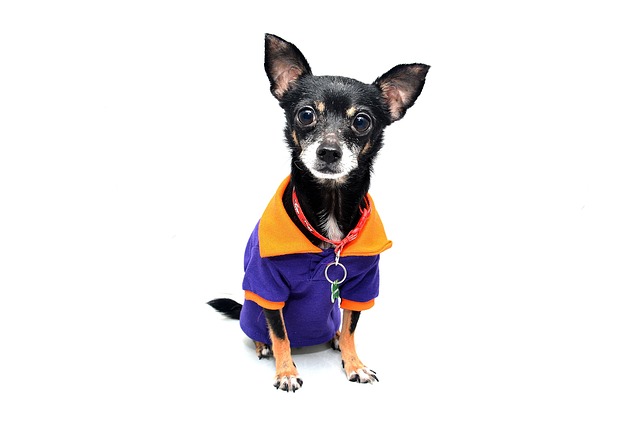
That little brown bottle of saline solution sits in many medicine cabinets – handy for contacts, minor cuts, or stuffy noses. Spotting your dog shaking his head or scratching an ear, it’s tempting to reach for this familiar, seemingly gentle fluid.
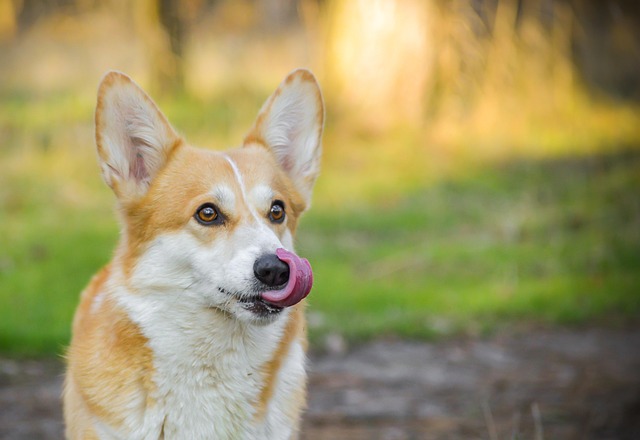
Coming home to a shredded couch cushion and a quivering pup by the door—sound familiar? For new dog owners in Chicago high-rises or suburban Atlanta homes

If your floor looks like a fur carpet and your clothes are constantly covered in dog hair, you’re not alone. Excessive shedding is a common concern for dog owners, but there are effective ways to manage it.

You’ve just finished a sunny hike with your 45-pound Golden Retriever, Bailey, through Arizona’s Red Rock Canyon. As he collapses panting in your SUV